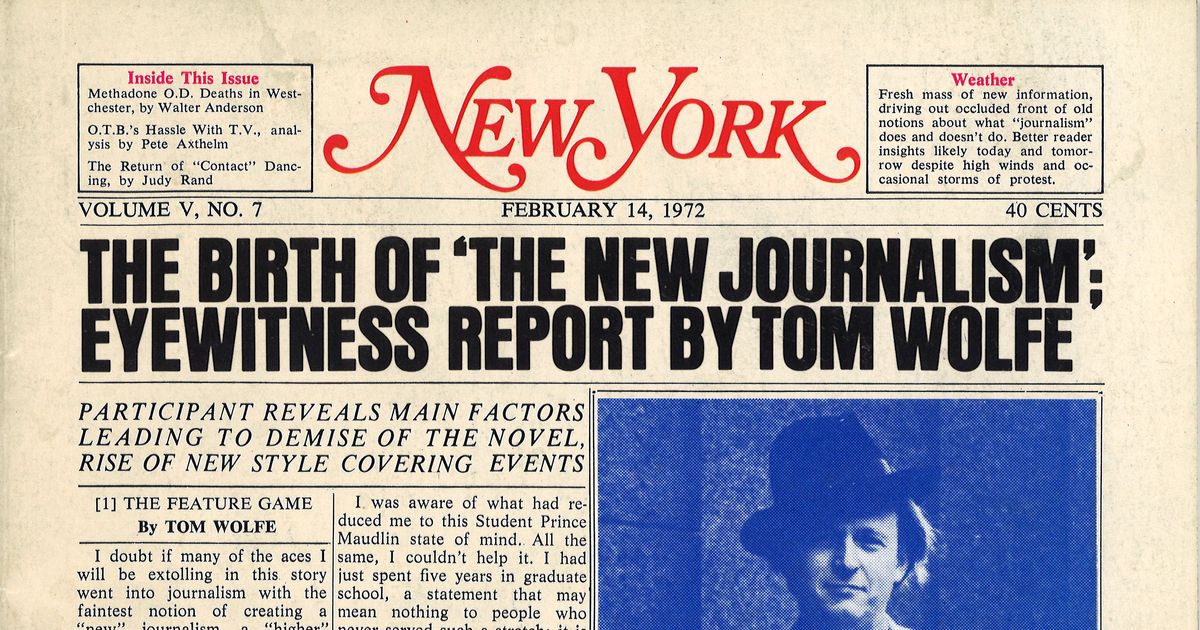News Articles - Questions
News Articles - Questions
Blog Article
Unknown Facts About News Articles
Table of ContentsNews Articles Fundamentals ExplainedSome Known Details About News Articles News Articles Can Be Fun For EveryoneThe Ultimate Guide To News ArticlesNews Articles Fundamentals Explained
Good understanding of various subjects offers trainees an affordable edge over their peers. Even though electronic and social media sites are readily obtainable, we need to not fail to remember just how vital it is to check out the newspapers. Moms and dads should try and instill the behavior of checking out a paper as a daily routine to proceed the heritage of the adored print tool.Information stories likewise include at the very least one of the following crucial features loved one to the desired target market: proximity, importance, timeliness, human interest, anomaly, or repercussion.
Within these limits, information tales additionally intend to be extensive. Among the larger and more respected newspapers, fairness and balance is a major variable in presenting information.
Papers with a global audience, for instance, often tend to utilize a more formal style of creating. News Articles.; common style guides include the and the US Information Design Publication.
News Articles Can Be Fun For Anyone
Generally, reporters will certainly not make use of a lengthy word when a short one will do. They use subject-verb-object construction and brilliant, active prose (see Grammar). They offer narratives, instances and metaphors, and they hardly ever depend upon generalizations or abstract concepts. News authors try to prevent using the very same word more than when in a paragraph (occasionally called an "resemble" or "word mirror").
Headings occasionally omit the subject (e.g., "Leaps From Boat, Catches in Wheel") or verb (e.g., "Feline lady fortunate"). A subhead (likewise subhed, sub-headline, subheading, caption, deck or dek) can be either a secondary title under the major heading, or the heading of a subsection of the write-up. It is a heading that precedes the main message, or a group of paragraphs of the main text.
of a post topic, informant, or interviewee), it is described as a drawn quotation or pull quote. Additional billboards of any one of these types might show up later on in the write-up (particularly on succeeding pages) to attract more analysis. Journalistic internet sites often use computer animation strategies to swap one signboard for an additional (e.g.
The Only Guide to News Articles
Such billboards are likewise used as pointers to the write-up in various other sections of the magazine or website, or as ads for the piece in other magazine or websites. News release of the Swiss federal government. Regular structure with title, lead paragraph (summary in strong), various other paragraphs (details) and contact info.

Example of a hard-lead paragraph NASA is suggesting another space project. The firm's budget request, introduced today, included a plan to send one more objective to the Moon. This time around the company wishes to establish a lasting facility as a jumping-off factor for various other room journeys. The spending plan demands around $10 billion for the task.
The NASA statement came as the company asked for $10 billion of appropriations for the project. An "off-lead" is the second crucial front page information of the day. The off-lead appears either in the leading left corner, or directly listed below the lead on the right. To "hide the lead" is to begin the write-up with background information or details of second visit this site right here value to the visitors, forcing them to find out more deeply right into a write-up than they must have to in order to discover the necessary factors.
What Does News Articles Mean?
Typical use is that a person or 2 sentences each form their very own paragraph. Journalists usually define the organization or framework of a newspaper article as an upside down pyramid. The necessary and most interesting elements of a story are put at the start, with sustaining info adhering to in order of diminishing significance.
It permits individuals to check right here out a subject to only the deepness that their interest takes them, and without the imposition of information or nuances that they could think about pointless, but still making that information readily available to more interested visitors. The upside down pyramid structure also makes it possible for write-ups to be trimmed to any approximate length during layout, this page to fit in the space readily available.
Some authors start their stories with the "1-2-3 lead", yet there are many kinds of lead readily available. A twist can refer to numerous things: The last tale in the news program; a "delighted" story to finish the show.
Longer posts, such as publication cover articles and the pieces that lead the inside sections of a paper, are called. Feature tales vary from straight information in numerous ways. Foremost is the lack of a straight-news lead, a lot of the time. Rather than supplying the significance of a story up front, feature authors may attempt to lure visitors in.
Indicators on News Articles You Need To Know
An attribute's first paragraphs typically relate a fascinating minute or event, as in an "anecdotal lead". From the particulars of a person or episode, its view promptly widens to abstract principles regarding the tale's subject.

The Editor's Toolbox: A Reference Overview for Beginners and Professionals (2001) Allan M. Siegal and William G. Connolly. The New York City Times Handbook of Design and Usage: The Authorities Style Guide Used by the Writers and Editors of the Globe's Most Reliable Paper (2002) M. L. Stein, Susan Paterno, and R.
Report this page